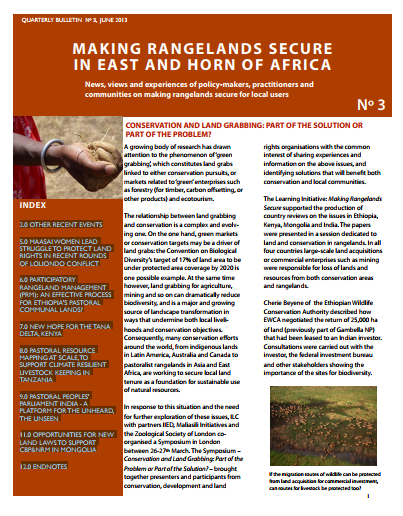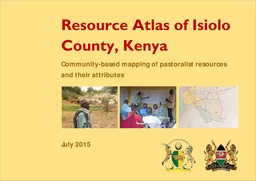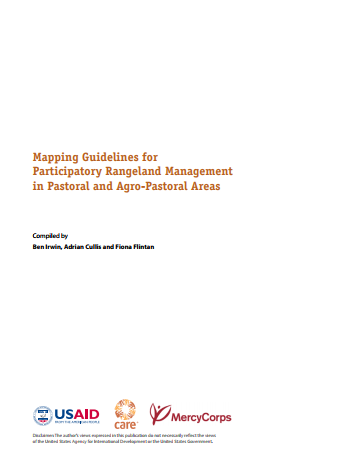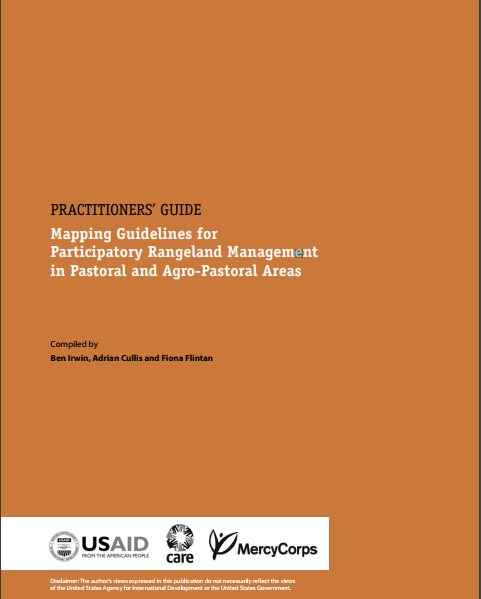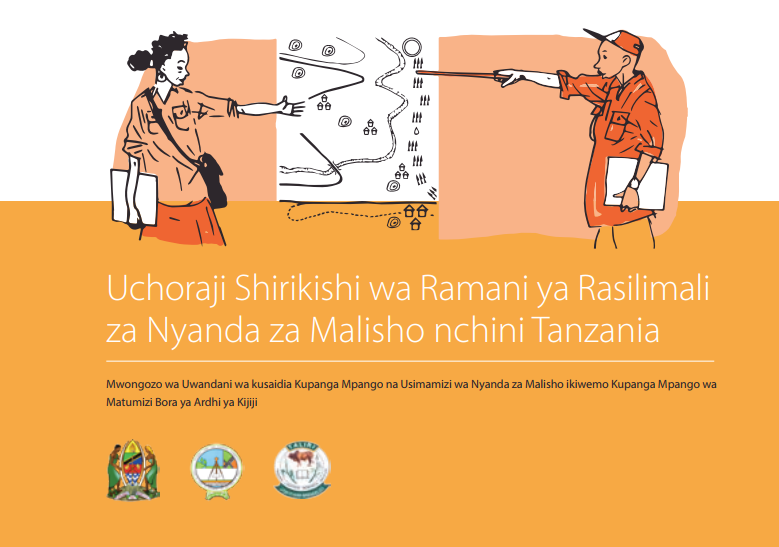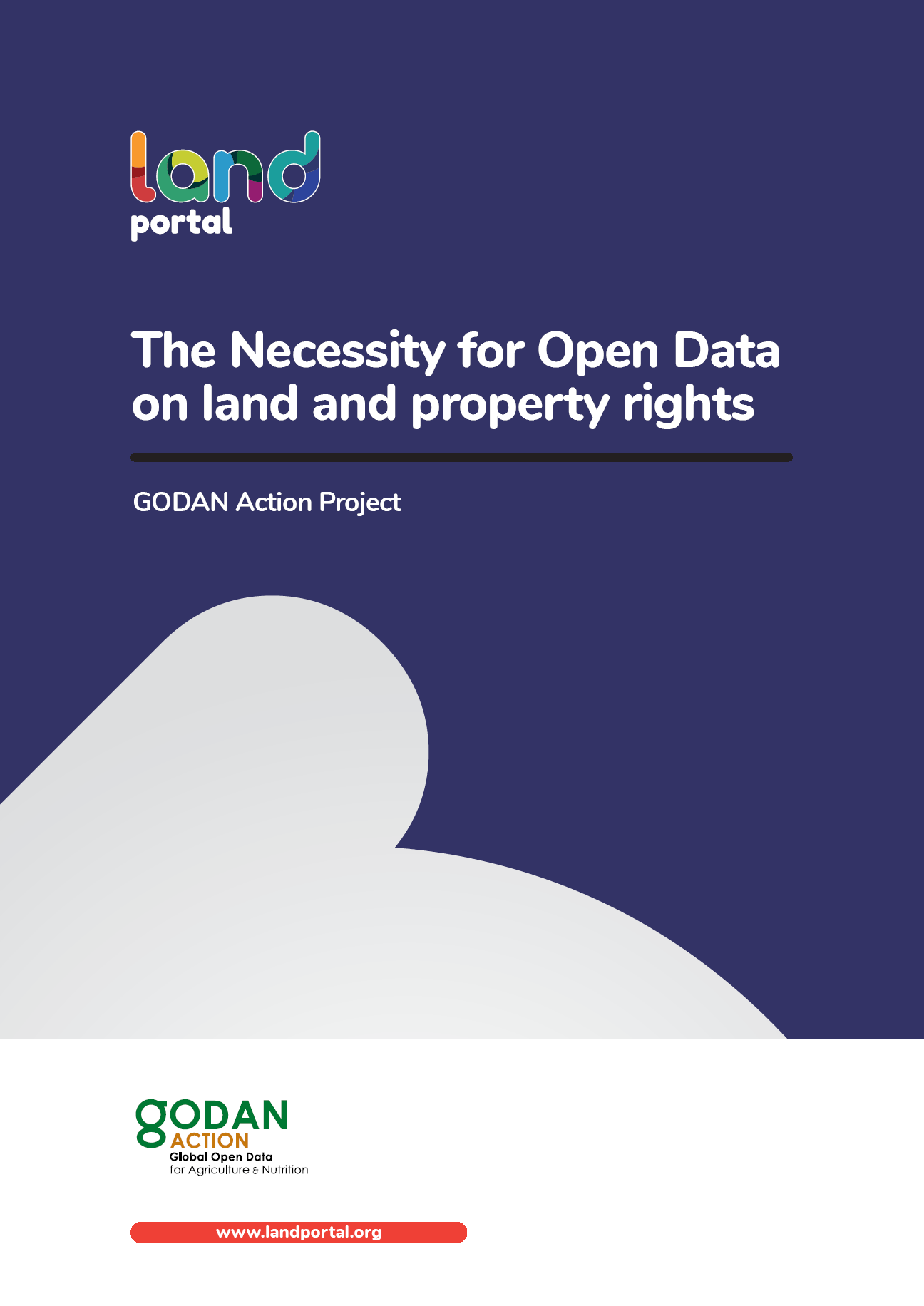Biodiversity Conservation, Land Use, Land Use Change and Forestry (LULUCF) Programmes
The study was undertaken to identify pertinent and emerging issues that have implications for biodiversity conservation and livelihoods and the inter-relationship between them. A detailed review of the current national and state policies was undertaken along with the strategies being implemented by the government and various multi-lateral and bi-lateral agencies and other organizations, focused especially in the states of Arunachal Pradesh, Chattisgarh, Jharkhand and Orissa as provided in the scope of the study.



